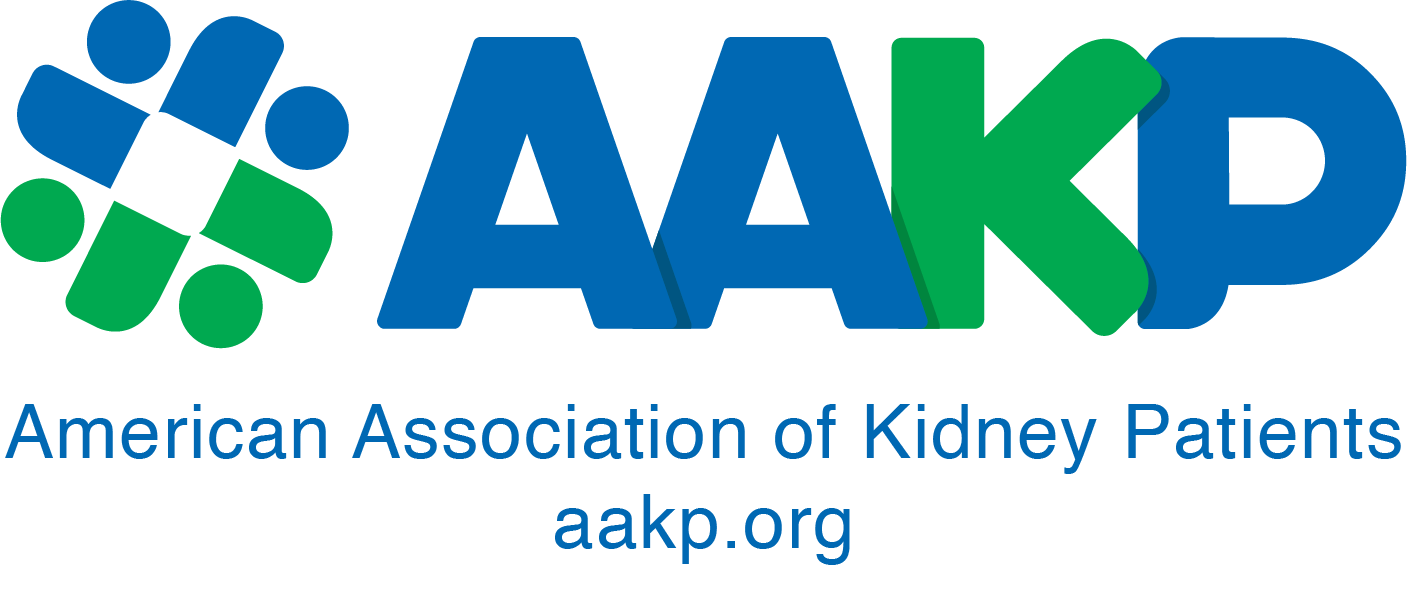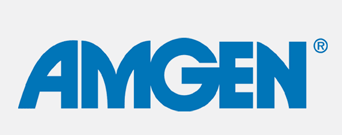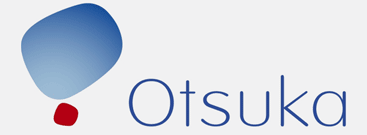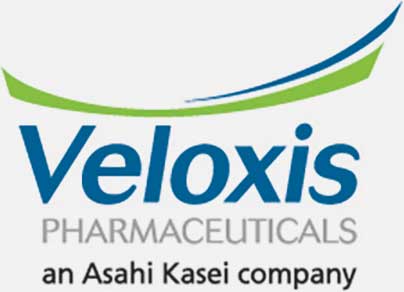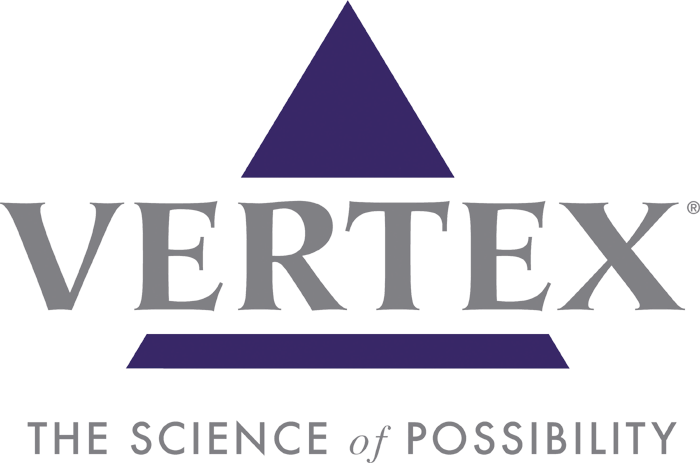Approximately 1,300 children will develop permanent kidney failure or end-stage renal disease (ESRD) every year. Kidney failure can affect children of all races and age groups from infants to adolescents and can have a significant effect on a child’s growth, development, and quality of life. The main causes of kidney failure in children are birth defects of the kidney, blockage or reflux of the urinary tract, genetic kidney diseases, and focal segmental glomerulosclerosis (FSGS).When a child develops ESRD they must receive renal replacement therapy (RRT). RRT replaces the work the kidneys do for the body, removing excess fluid, waste removal, and regulation of electrolytes. There are two main types of RRT for ESRD, dialysis and a kidney transplant. A kidney transplant is usually the best treatment because it is the closest thing to having normal kidneys, but sometimes it is not possible for a kidney transplant to happen right away. Therefore dialysis is often necessary before getting a transplant. There are two types of dialysis treatment available,hemodialysis and peritoneal dialysis (PD).
Hemodialysis is when blood is taken out of the body through a tube and cleaned by an artificial kidney filter that is attached to a dialysis machine then returned to the body. Children undergoing hemodialysis have to receive dialysis treatment at a hospital or dialysis center. Treatments last about 3-4 hours, 3-4 times every week.
PD is when a different type of tube is placed in a child’s abdomen. A sugar solution is put into the abdomen through the tube. While the solution sits inside the abdomen it pulls waste and fluid from the body through the peritoneal membrane, which is a layer of tissue lining the abdominal cavity and covering the abdominal organs. The sugar solution is then drained out through the tube and discarded along with the waste and fluid it has removed from the body. The tube is repeatedly filled with the sugar solution and drained several times a day to complete the cleaning process. A child will be hospitalized for a few days when starting PD to make sure the tube and treatment are working properly.
PD has several advantages over hemodialysis. PD has fewer side effects than hemodialysis because it’s a more gentle type of treatment done every day as opposed to hemodialysis, which is a relatively quick treatment done over short amount of time. Children on PD are less likely to experience headaches, dizziness, nausea, and fatigue, which can occur during and after hemodialysis treatments. PD also tends to be better for young children and infants, who may not be able to tolerate hemodialysis due to their small size. All children on dialysis have to follow a special kidney diet, but the diet is less strict with PD compared to hemodialysis. PD allows fluid, electrolytes, and waste to be removed daily, so those on PD do not have to restrict their fluid or protein intake as much.
PD treatments can be done at home, which is a major advantage over hemodialysis. It can also be done at nighttime while a child is sleeping. This allows children on PD to go to school regularly and do more normal activities during the day. It can also accommodate parents who work during the day. Children on PD can swim and play most sports as long as the tube is taped properly and carefully protected.
The disadvantages of PD are peritonitis, which is an infection in the abdominal cavity. Treatments have to be done using a sterile technique to prevent this type of infection. If peritonitis occurs, children must seek medical care right away, so the infection can be treated. Usually PD can be done with the help of a machine, although sometimes the filling and draining of the tube has to be done by the parents or a nurse. This happens more often in babies who are too small for the machine. This can be a disadvantage if parents have to spend many hours every day doing dialysis. However, home nurses can usually be arranged to help in these cases. For PD, parents or the patients (if old enough) have to be trained how to do the dialysis themselves. This requires training sessions with a dialysis nurse before treatment can begin at home.
Although it can be intimidating at first, most people learn how to do PD quickly and easily.
Research has shown that children on PD are more likely to attend school regularly compared to hemodialysis. This is a very important advantage because it allows a child with kidney failure to continue regular social interaction at school as well as continue their education with fewer interruptions. Since PD is a home-based therapy it also gives the child and their family more independence since the treatment schedule is somewhat flexible and can be adjusted to suit their lifestyle and parents’ work schedules. It can also allow for travel and family vacations.
Although it is not a cure, a kidney transplant is usually the best form of renal replacement therapy and the closest thing to having normal kidneys. However, when a kidney transplant is not possible right away, PD is a good option and offers several advantages over hemodialysis, including better school attendance and normal social interaction for the child, more flexibility of treatments, and fewer side effects. A child’s kidney doctor (nephrologist) can provide more information about the different types of renal replacement therapy and will recommend the best treatment for an individual child with ESRD.
Ashton Chen, DO is an Assistant Professor of Pediatrics, Section of Pediatric Nephrology at Wake Forest Baptist Medical Center in North Carolina. Dr. Chen’s research interests include outcomes studies in kidney transplantation and dialysis. She has authored a recent publication assessing school attendance in children on dialysis.
